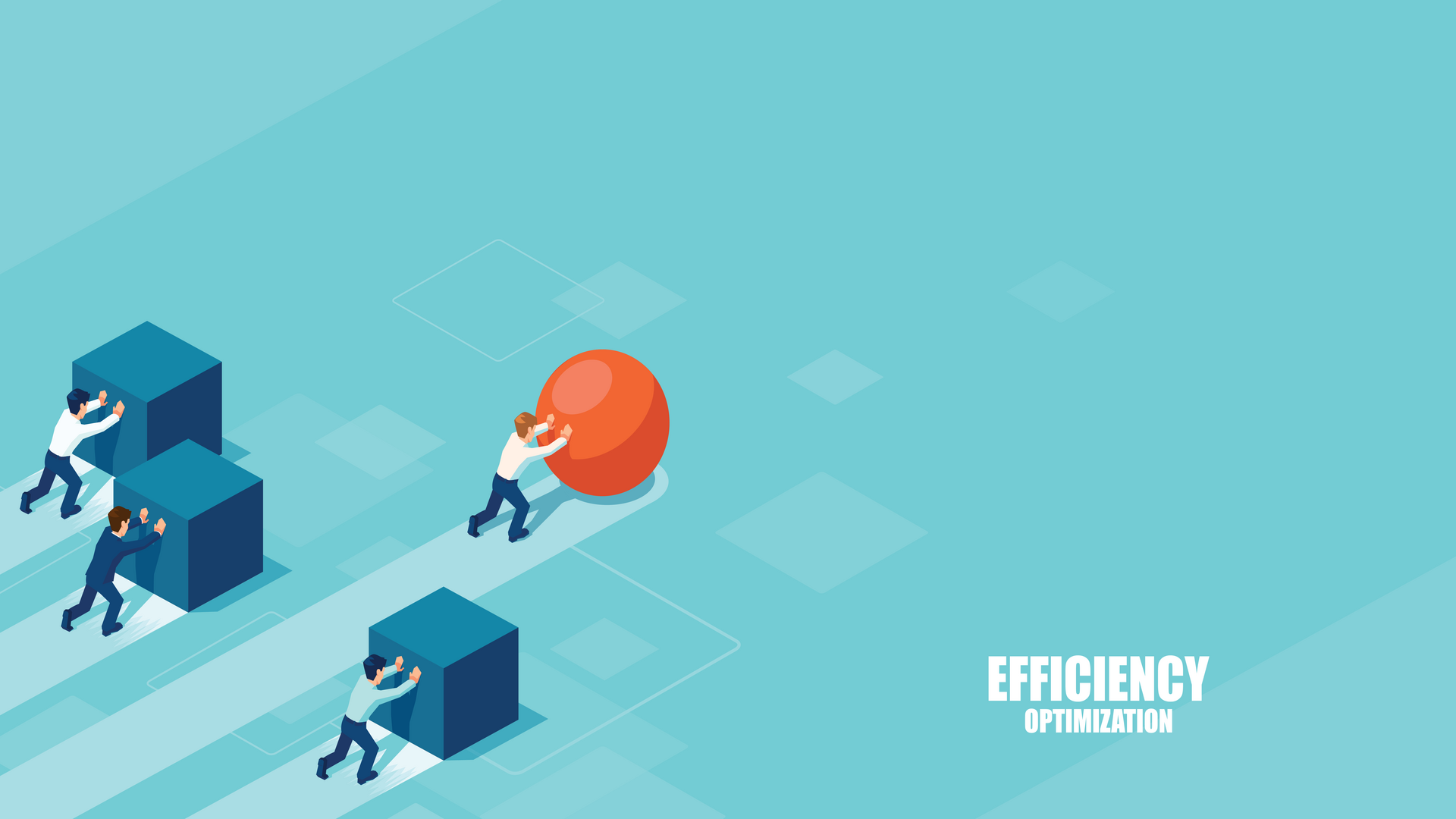Introduction
In today’s fast-paced corporate landscape, automation is pivotal for driving efficiency and fostering innovation. As businesses aim for operational excellence and a competitive edge, they increasingly turn to automation technologies to streamline processes and cut costs. Two leading technologies in this arena are Business Process Automation (BPA) and Robotic Process Automation (RPA). While both aim to enhance efficiency by automating tasks, they differ significantly in their scope, application, and underlying technology. Understanding these distinctions is essential for companies to effectively leverage both BPA and RPA and maximize their benefits.
Business Process Automation (BPA). Scope and purpose
Business Process Automation (BPA) takes a comprehensive approach to automate entire business processes and transform company workflows. BPA goes beyond mere task automation and encompasses the restructuring and optimization of workflows in various departments and systems in order to achieve end-to-end process efficiency. The primary strategic goal of BPA is to rationalize processes, avoid overlaps and ensure seamless integration of the various functions within a company. Central to BPA are tools like Workflow Management Systems and Business Process Management (BPM) software, such as ADONIS, which facilitate the automation of complex, multi-layered processes. For instance, in an order-to-cash process, BPA can automate everything from order fulfillment and inventory management to invoicing and customer communication. This way, BPA not only increases efficiency, but also ensures consistency and high standards throughout the entire process.
One of BPA’s greatest strengths is its strategic alignment with a company’s objectives. By automating key processes critical to business success, BPA helps organizations achieve their strategic goals more efficiently. Furthermore, BPA typically incorporates human involvement at crucial stages, allowing for decision-making and approvals that require human judgment. This blend of automation and human intervention ensures that processes remain both efficient and adaptable to evolving business needs.
Robotic Process Automation (RPA). The strategic impact and precision
In contrast to the broader scope of BPA, Robotic Process Automation (RPA) targets specific, repetitive tasks. RPA employs software robots or ‘bots’ to mimic human actions at the user interface level, accessing applications and systems similarly to a human but without deep integration into underlying technologies. This makes RPA a highly versatile and rapidly deployable solution for automating routine, rule-based tasks prone to errors, such as data entry, form completion, invoice processing, and data extraction from emails or spreadsheets. By handling these tasks, RPA reduces the need for human intervention, allowing staff to focus on more strategic and valuable activities. Additionally, RPA seamlessly integrates with existing IT infrastructure without requiring major changes, offering a cost-effective way to improve operational efficiency. With its high level of accuracy and consistency—following predefined rules and workflows—RPA enhances data quality and minimizes errors, crucial for maintaining operational efficiency and compliance.
What is the difference between rpa and bpa?
While both BPA and RPA aim to boost operational efficiency through automation, they differ significantly in their approach and application.
-
Scope and complexity:
- BPA: Encompasses entire business processes and focuses on holistic automation and optimization. Suitable for complex, multi-level processes involving several departments and systems.
- RPA: For specific, repetitive tasks. Best suited for simple, rule-based activities that can be automated quickly without extensive integration.
-
Technology and integration:
- BPA: Utilizes Workflow Management Systems, BPM software and integration platforms. Requires integration with various systems and applications to ensure a seamless process flow.
- RPA: Uses software bots to simulate human interactions at the user interface level. It works independently of the underlying systems and is therefore easier to implement without major changes to the existing infrastructure.
-
Human intervention:
- BPA: Often involves steps that require human decision-making or approval, and integrates automated tasks with human activities to provide flexibility and adaptability.
- RPA: Minimizes the need for human intervention by handling repetitive and mundane tasks, allowing employees to focus on more strategic activities and decision-making.
-
Strategic alignment:
- BPA: Highly aligned with the organization’s strategic objectives and serves to improve overall process efficiency and effectiveness in support of long-term goals.
- RPA: Provides tactical benefits through the automation of routine tasks, leading to immediate improvements in operational efficiency and cost reductions.
Summary
Business Process Automation (BPA) and Robotic Process Automation (RPA) each play a crucial role in modern organizations, offering distinct advantages. BPA provides a holistic approach to process optimization, transforming entire workflows to align with strategic goals. In contrast, RPA delivers a flexible and cost-effective method for automating specific tasks, enhancing operational efficiency. To maximize the benefits of automation, a hybrid strategy that incorporates both BPA and RPA can be particularly effective. By leveraging BPA to streamline core processes and RPA to handle repetitive tasks, organizations can achieve a balanced and robust automation strategy that fosters both efficiency and innovation.





